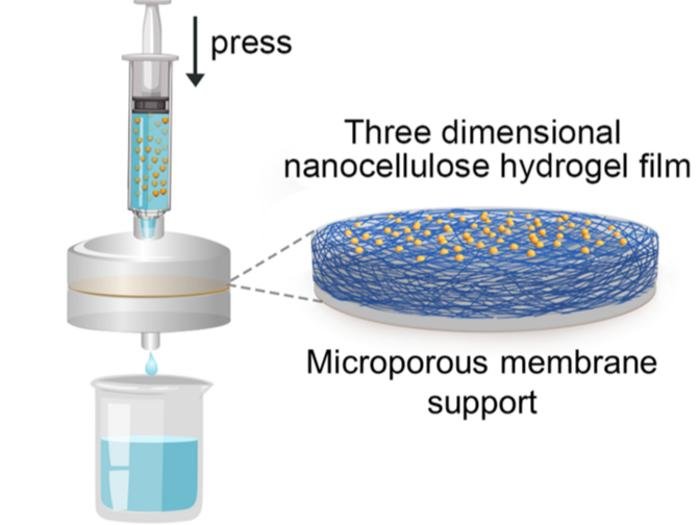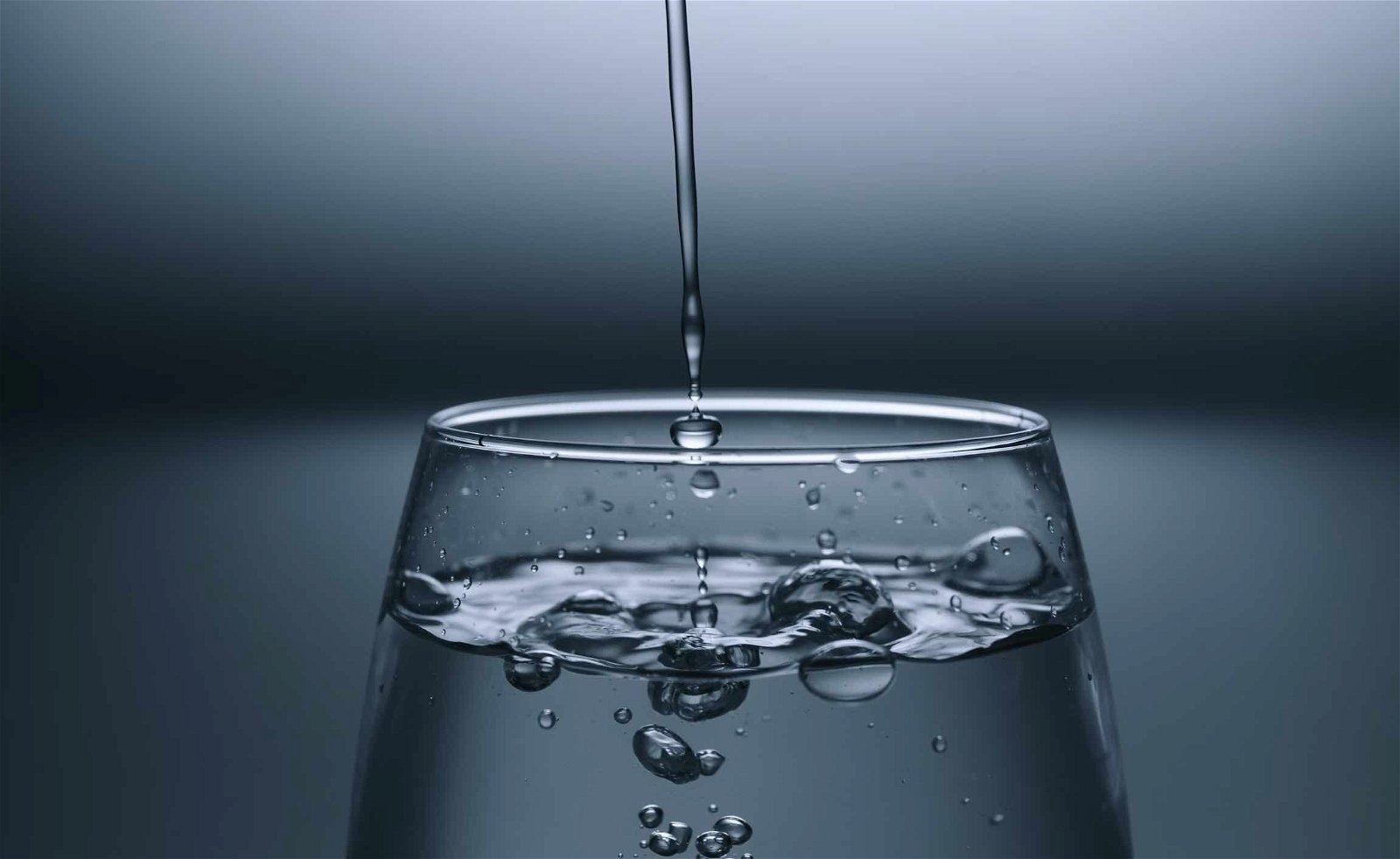Two billion people globally lack access to clean drinking water, and nearly half of the world’s population faces severe water scarcity for at least part of the year, according to United Nations (UN) statistics. Both issues are likely to worsen resulting from climate change and population growth.
Despite only 0.5% of Earth’s water being usable freshwater, climate change is significantly impacting this supply. In the past two decades alone, terrestrial water storage, encompassing soil moisture, snow, and ice, has decreased by 1 cm annually, posing serious threats to water security.
However, a new portable water filtration system developed by researchers at the University of Texas at Austin could now improve accessibility to clean drinking water for many people in affected regions around the world.
Collecting Clean Drinking Water with Syringes
Researchers have developed a system that can gather dirty water using a syringe and inject it into a special hydrogel filter, where nearly all tiny particles and impurities are filtered out. The device could offer major advantages over existing systems in terms of cost and effectiveness and is also more sustainable than most existing commercial options.
Water from potentially unsafe locations such as rivers and streams could easily be made drinkable using the new system.
Guihua Yu, a professor of materials science at the Cockrell School of Engineer’s Walker Department of Mechanical Engineering and Texas Materials Institute, says that problems that arise from water contaminated with particulates, especially in underdeveloped regions where many residents around the world must rely on unsafe water sources, requires immediate attention.
“Our system, with its high efficiency in removing diverse types of particles, offers an attractive yet practical solution in improving freshwater availability,” Yu said in a statement.


“The reality is, a large percentage of the world’s population lacks access to safe drinking water, even in places where fresh water sources are available,” said Chuxin Lei, the lead author of a new study involving the innovation and also a graduate student in Yu’s lab, in a recent statement.
Currently, existing filtration systems that provide portability rely on paper filters and microporous membranes, which generally only succeed at removing between 40% and 80% of particles that are greater than 10 nanometers, allowing for the possibility that a significant number of contaminants may remain present in water even after multiple attempts at filtration.
By comparison, researchers involved in the creation of the new system say their new filtration technology succeeds at capturing 100% of these potentially dangerous particles.
In addition to being highly effective at removing particles from water, the new filtration system is also inexpensive to produce, sustainable, and can be made with readily available materials.
Working With Webs of Nanofibers
The new filtration system relies on intertwined webs of nanocellulose fibers, which the research team was able to produce in a way that catches particles while still allowing the clean water to pass through.
It works by simply drawing water from a potentially unsafe water source using a syringe and injecting it through the new filter system, which does all the additional work required for filtration. Syringes as large as 1.5 liters have been used to test the technology, which would allow enough water to reach approximately 40% of the daily required clean drinking water for a single person.
The innovative new system has now been successfully tested with a variety of different sources of water containing several different kinds of contaminants. One of the varieties of contaminants the researchers tested was microplastics, which are very tiny bits of plastic debris that result from the breakdown of industrial wastes and a range of different common consumer products.
Not only do these ‘miracle’ hydrogel films work with amazing efficiency, but they can be reused up to 30 times before requiring replacement, and are 100% biodegradable. Next, the researchers hope to scale the technology for use with larger syringes.
Currently, the UN’s Sustainable Development Goals call for the immediate improvement of standards and accessibility to clean drinking water worldwide, which will require a sixfold increase in access by the end of the decade.
“There is an urgent need for simple, universal, and efficient materials and devices for purifying particle-contaminated water,” lead author Lei says, “which should be able to help people around the world obtain clean water.”
Lei, Yu, and the team’s research paper, entitled “A bio-based nanofibre hydrogel filter for sustainable water purification,” recently appeared in the journal Nature Sustainability.
Micah Hanks is the Editor-in-Chief and Co-Founder of The Debrief. He can be reached by email at micah@thedebrief.org. Follow his work at micahhanks.com and on X: @MicahHanks.

